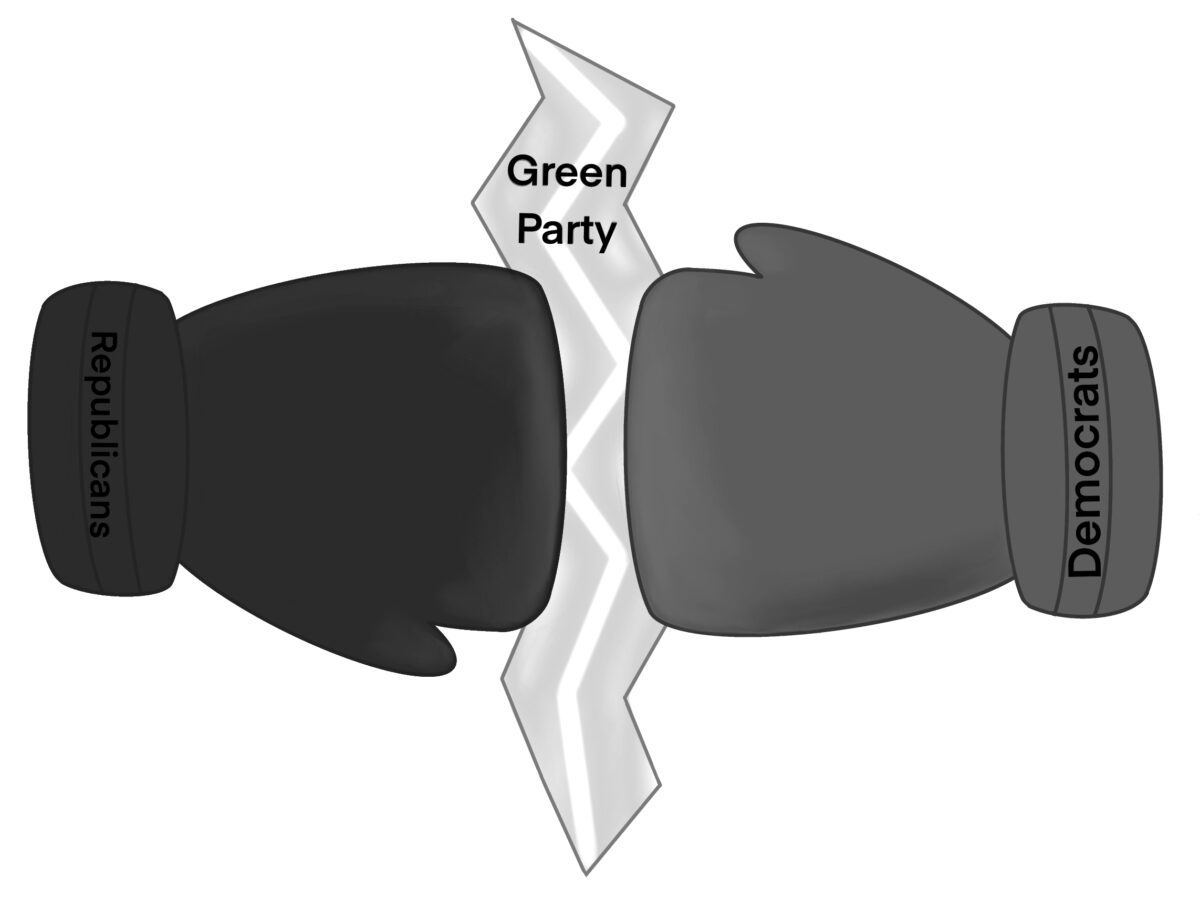With the new music and art wing scheduled to be completed by the end of the year, it seems as if the seniors, who will see the labor but never its fruit, are getting shafted.
But then again, someone always gets shafted when it comes to construction.
As far as I’m concerned, there are three generations of students: A, B, and C. Generation A attends a school pre-construction, a less-than-perfect place. They may either recognize the school’s flaws and push for its betterment or remain oblivious and accept the school as it is. Either way, Generation A comes before something.

Those that come after construction are members of Generation C. Although they may be unaware of it, Generation C members are lucky to thrive in the new-and-improved facilities. Other generations scowl as the members of the post-renovation generation spend their blissful days blindly walking to-and-fro on a foundation of progress and innovation.
But Generation B gets shafted. It’s inevitable: these are the students who are forced to stick out the construction. They learn in portable classrooms, scamper through makeshift wooden-slatted hallways, and are constantly at the mercy of dangerous-sounding noises — and all this for nothing, because they graduate before the project bears its fruit. While Generation A students may not notice their school’s imperfections, it is pointed out to Generation B students that their school is clearly flawed, and that, unfortunately, they will have to live with those flaws and more as the district scrambles to run it down so they can build it back up again.
I speak from personal experience. Throughout elementary and middle school, I was a frustrated Generation B kid.
It started in the second grade. I was a seven year-old with a rare fear: not of the dark, not of sharks, but of jackhammers. One day, when I was walking a little too close to a precarious wooden barrier that separated second graders from presumably deadly equipment, a drill bit pierced through the wall, spitting sawdust and missing my arm by inches.
My seven-year-old self equated the noise of so-called “progress” with that of 100 dentists simultaneously filling the cavities of screaming children.
But even worse than the traumatic experience that made me steer clear of the ill-fated wall for the rest of the year was the fact that my younger brother would never have to deal with it.
Instead of jackhammers, my brother would get white columns. Instead of frustration, he would get tranquility. My brother was a Generation C kid. The trend continued through the next level of elementary school and middle school. I was convinced I was cursed.
A few years later, I went to visit my newly-renovated old schools. For the first time, I saw the silver lining of living through construction: I appreciated it. Watching the buildings go up made me feel like I had a connection to the school that others lacked — while my brother took the high-ceilinged library and modern computer lab for granted, I looked at the new features with nothing but awe. Unlike a few of my peers who left frustrated without looking back, I looked back, and I liked what I saw.
So although it may seem like the seniors this year are getting shafted once again, the fact is that we were all once Generation C kids, particularly four years ago during Redwood’s top-to-bottom modernization when the school was equipped with a new gym, pool, and blacktop, as well as new walls, ceilings, and even water piping.
In reality, everyone is a member of each generation — A, B, and C — in some way or another. Every person who walks through these hallways came after something, is living through something, and is coming before something else.
Think of it this way: while one moment you could be complaining about your exit closing on 101 for construction, the very next you could be having the time of your life on a road you never thought could be so smooth. It’s about learning how to appreciate the present state of things while looking for new developments in the future.






